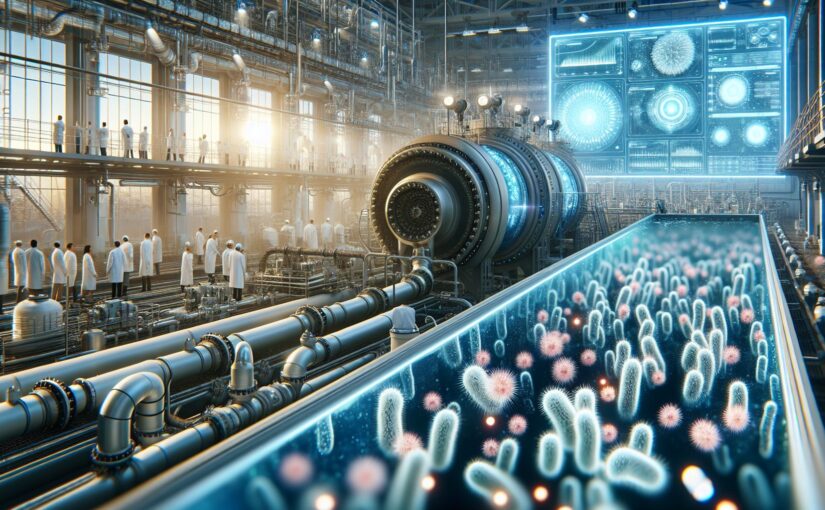The ever-growing demand for renewable energy has ignited extensive research into various alternatives. One of such exciting frontiers is the generation of Bioelectricity from wastewater. Yes, you read that correctly; raw sewage has the potential to light up our future literally.
Concept of Bioelectricity Generation
The notion behind this is rooted in exploiting the biochemical energy stored in organic matter present in wastewater. Bioelectricity generation from wastewater is made possible through a device known as microbial fuel cells (MFCs). These biological cells harbour bacteria that metabolize organic compounds in wastewater and produce electrons. These electrons are then captured and funnelled into a circuit, creating an electric current[^1^].
Works of a Microbial Fuel Cell
A typical Microbial Fuel Cell has two chambers: the anode and cathode compartments. The anode compartment contains electroactive bacteria which feed on organic matter in the wastewater, releasing electrons and protons in the process. These electrons travel along a wire from the anode to the cathode, creating a flow of electricity[^2^].
Future Potential
The brewing enthusiasm around bioelectricity generation from wastewater lies in its dual solution: promoting renewable energy while solving environmental pollution by wastewater.
Moreover, certain implementations could convert MFCs into a lucrative option for developing regions. For instance, researchers are exploring plant-MFCs, systems where plants’ metabolic energy is harnessed to enhance the MFCs’ efficiency[^3^].
While the concept of Bioelectricity generation from wastewater is a promising leap towards the future, it requires more research to enhance efficiency and viability for large-scale applications. However, one can’t argue about the exciting potential that this prospect of turning waste into a renewable energy source holds.
Twice the benefits, twice the reasons to invest in Bioelectricity from wastewater. If it sounds like we’re on the verge of potentially revolutionary science, well, we are.
References
[^1^]: Rader, G. K., & Logan, B. E. (2010). Multi-electrode continuous flow microbial electrolysis cell for biogas production from acetate. Energy & Environmental Science, 3(4), 500. doi:10.1039/b924437a.
[^2^]: Capodaglio, A. G. (2017). Integrated, decentralized wastewater management for resource recovery in rural and peri-urban areas. Resources, 6(2), 22. doi:10.3390/resources6020022.
[^3^]: Kuntke, P., Smiech, K. M., Bruning, H., Zeeman, G., Saakes, M., & Sleutels, T. H. (2012). Ammonium recovery and energy production from urine by a microbial fuel cell. Water research, 46(8), 2627-2636.
